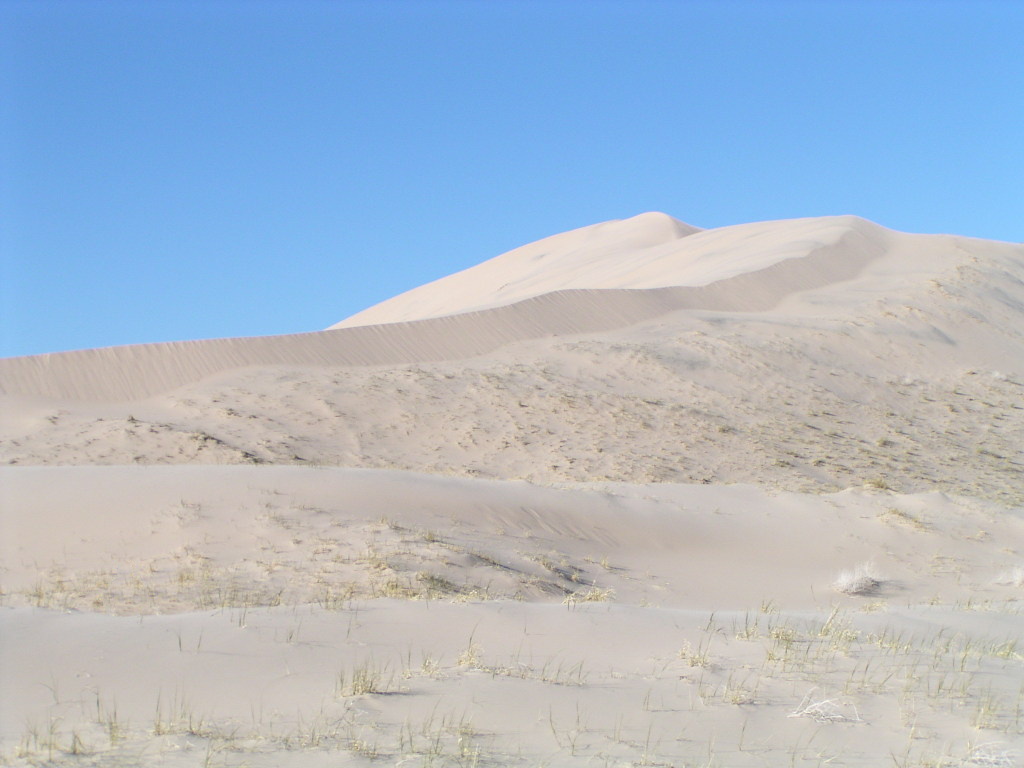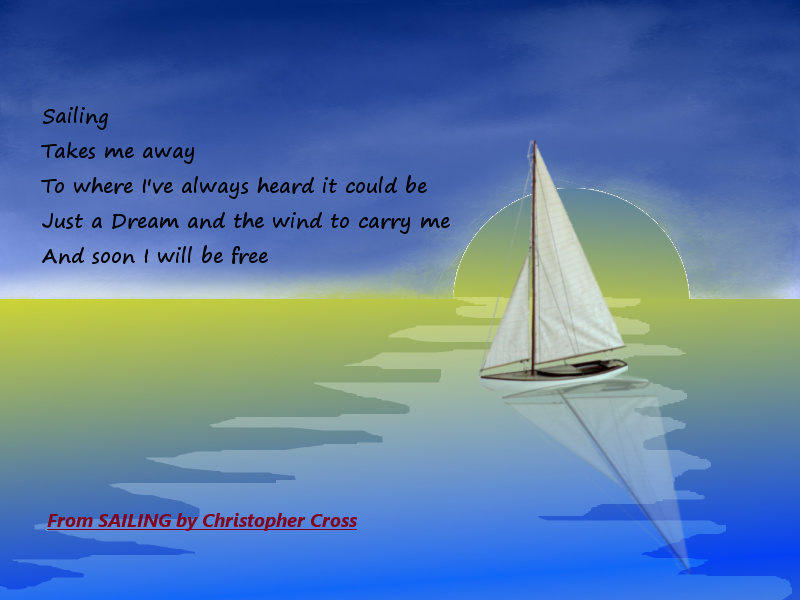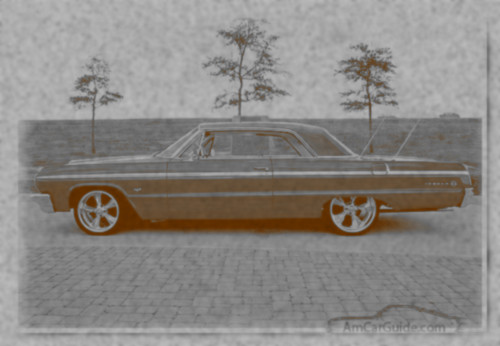(Before) This picture has a lady's arm to the right and a white object that should not be in the image.
the little a bottom half. I also used the select tool to copy a hand and placed it on another little girl. I then cropped the image and added a black border. The last tool I used was the Text tool .
 |

























